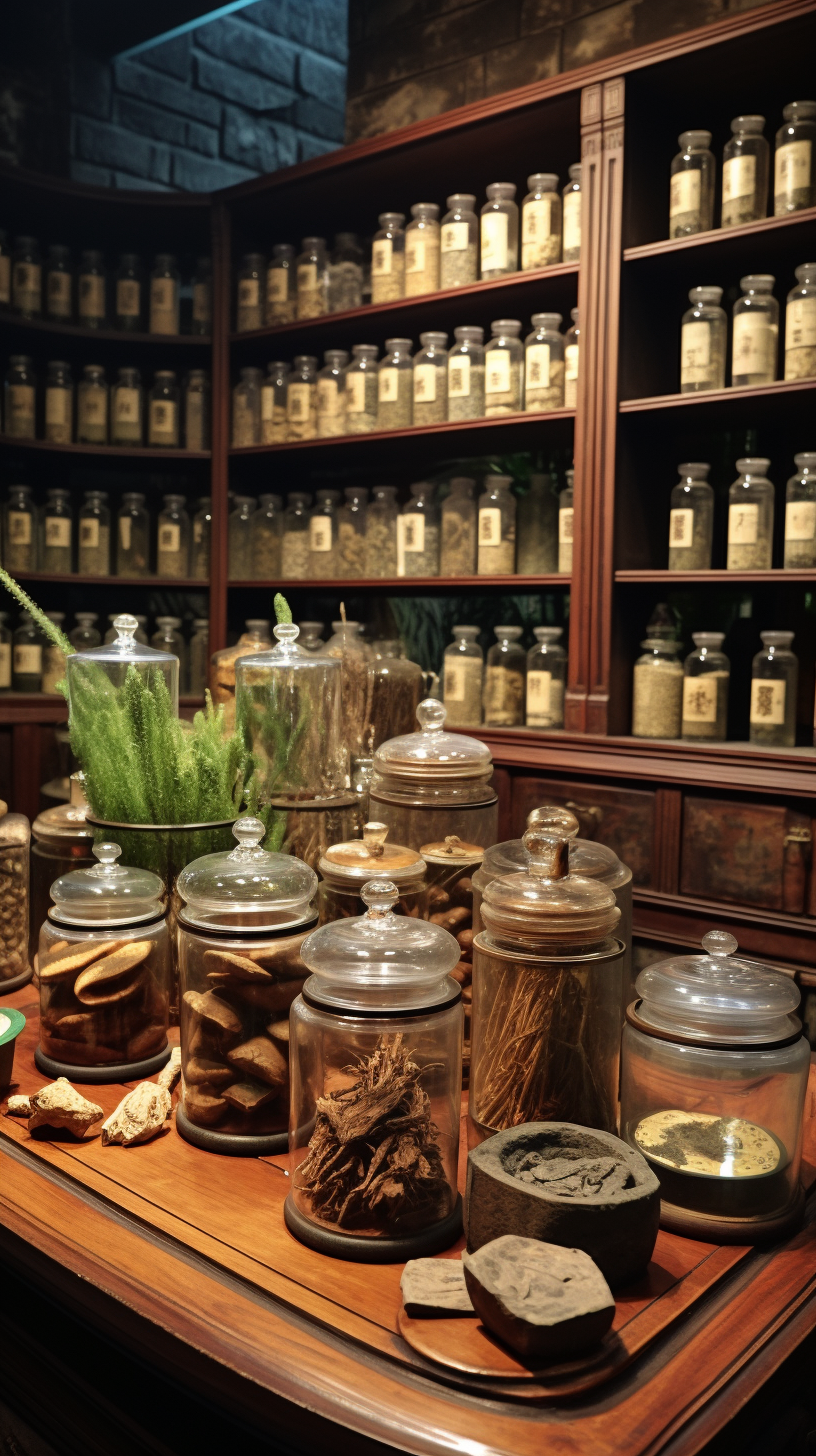The problem with Malondialdehyde (MDA) and how Chorus can help

Aucklandia aka Saussurea aka Muxiang (“Wood Fragrance”)
You may have never heard of malondialdehyde before, but it's not something you want to mess around with. This sneaky little compound is found in many of the foods we eat on a regular basis, and it's not exactly a friend to our health.
Malondialdehyde (MDA) is a byproduct of lipid oxidation, which basically means it's a chemical that forms when fats are exposed to heat, light and oxygen (such as when potato chips are cooked in a fryer). It's found in many foods that contain high levels of polyunsaturated fatty acids, such as vegetable oils.
While a small amount of MDA is normal, too much of it can be dangerous. High levels of malondialdehyde have been linked to an increased risk of heart disease, cancer, and other chronic diseases. In fact, studies have shown that the more malondialdehyde in your body, the greater your risk of developing these diseases.
But how does it do all of this damage? Malondialdehyde is a highly reactive compound that can cause damage to our cells and DNA, leading to inflammation and an increased risk of chronic diseases. It also interacts with other molecules in our body, like LDL cholesterol, and make them more likely to stick to the walls of our arteries. This, in turn, can lead to the formation of dangerous plaques that can block blood flow and increase the risk of heart attack or stroke.
Our bodies have natural ways of reducing the damage that small amounts of MDA can cause, such as producing melatonin during sleep and by gas exchange from breathing during regular physical exercise. Regular exercise helps to lower inflammation in the body, and it can also help to improve the health of your heart and blood vessels.
Aside from getting enough sleep and exercise, there are some other things you can do to reduce the risks of elevated MDA.
First and foremost, it's important to pay attention to your diet. Foods that are high in malondialdehyde include fried foods, processed foods, and foods that have been exposed to high heat or long cooking times. So, try to eat these foods in moderation and opt for fresh, whole foods most of the time. Eating a diet that is rich in fruits, vegetables, and whole grains can also help to reduce your risk.
Another way to reduce your risk is to limit your intake of polyunsaturated fats, which are the types of fats that are more likely to be damaged and create malondialdehyde. Instead, try to focus on foods that are high in monounsaturated fats, such as avocados, nuts, and olive oil.
Finally, if you're a smoker, it's time to quit. Smoking is one of the biggest risk factors for heart disease, and it also increases your risk of developing malondialdehyde.
Because we know that perfect eating is an unattainable goals, Chorus has herbs like aucklandia that have been traditionally used to deal with diets higher in oxidized fats and protect our liver and intestines from the problems they can cause. Aucklandia has also been shown to reduce the oxidative damage caused by MDA!
sources:
The Relationship Between Serum Level of Malondialdehyde and Progression of Colorectal Cancer https://www.ncbi.nlm.nih.gov/pmc/articles/PMC6536291/
Melatonin and Exercise: Their effects on Malondialdehyde and Lipid Peroxidation https://www.intechopen.com/chapters/62754
The Therapeutic Effect of Saussurea Lappa against Hypercholesterolemia in male rats https://journals.ekb.eg/article_248830.html
Thiamethoxam-induced oxidative stress, lipid peroxidation, and disturbance of steroidogenic genes in male rats: Palliative role of Saussurea lappa and Silybum marianum https://onlinelibrary.wiley.com/doi/abs/10.1002/tox.23322



